Energy Saving Tips and Resources
NCEF has compiled a list of energy saving tips that can make a significant difference in your energy usage and utility bills.
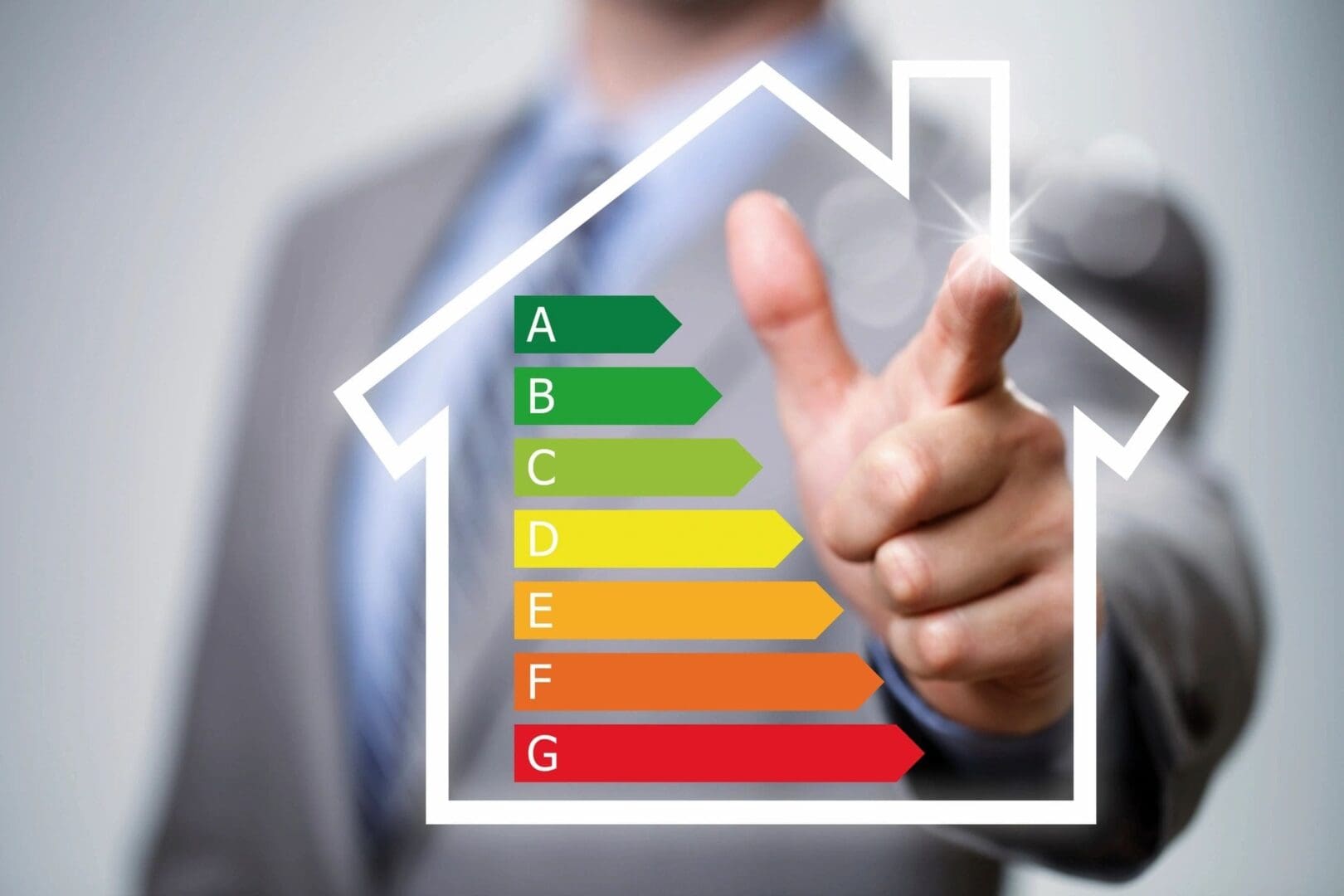
Go-To Resources
ENERGY STAR® provides credible and unbiased information that consumers and businesses rely on to make well-informed decisions about products and buildings to achieve energy savings. Consumers can easily compare and contrast different products and appliances on the ENERGY STAR® website based on upfront price, ongoing energy usage, size, and other parameters.
DOE's Energy Saver provides tips and in-depth information on improving various systems in your home. In particular, the Energy Saver resource, "Tips on Saving Money and Energy at Home," is a helpful starting guide.
Use a contractor certified in the state of Nevada who can conduct diagnostic tests before and after the work has been completed and who is committed to following all manufacturer installation guidelines. Look up certified contractors in Nevada here.
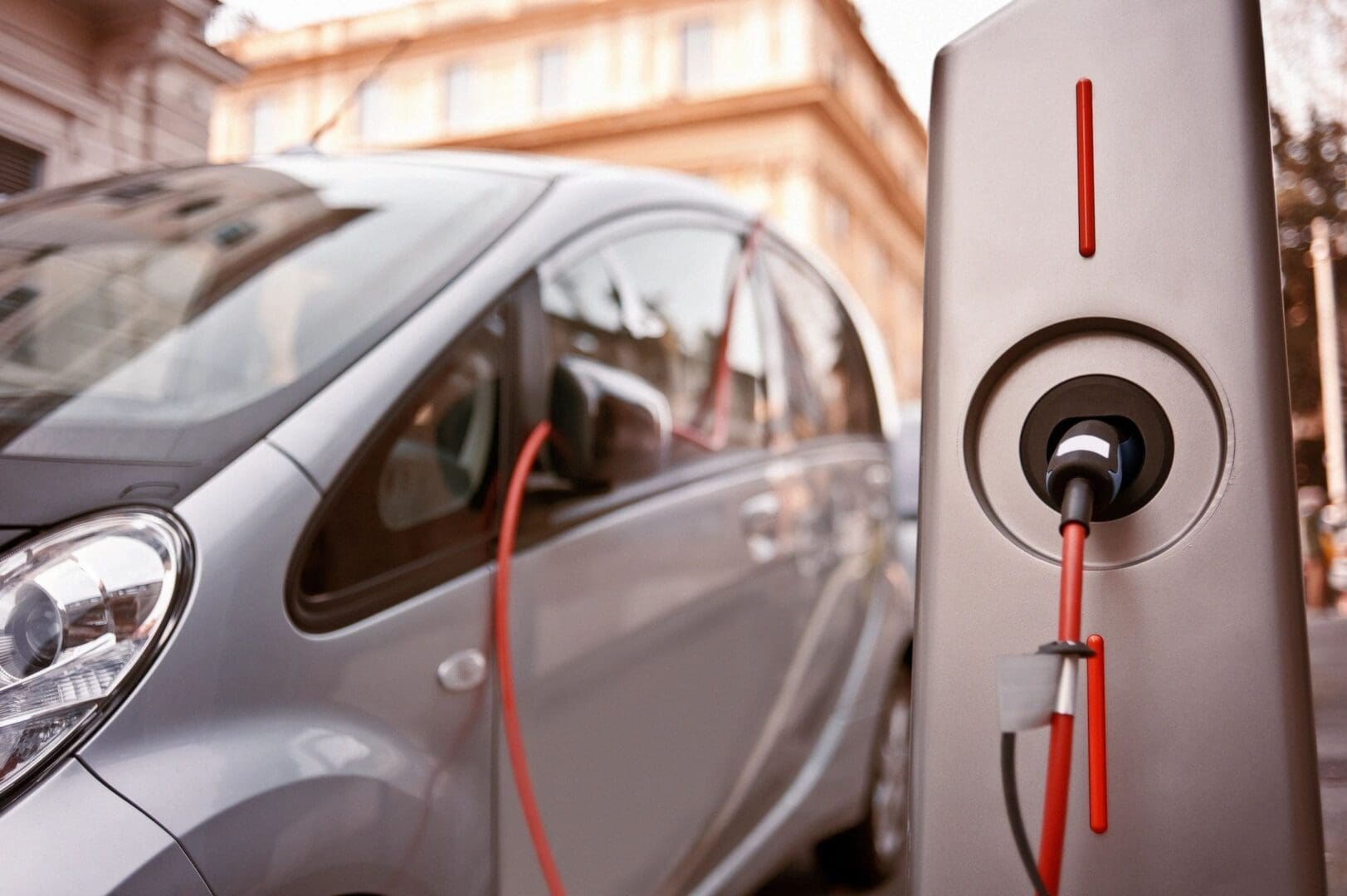
Electric Vehicles
The average Nevadan could save upwards of $3,000 per year in fuel and maintenance cost savings by driving an electric vehicle (EV). Nearly every major consumer car manufacturer has or is in the process of releasing one or multiple EV models, and upfront costs for EVs continue to come down. In addition, the federal government offers a tax credit to income-qualifying people who purchase an EV. NV Energy also offers a rebate for installing an EV charger in your home.
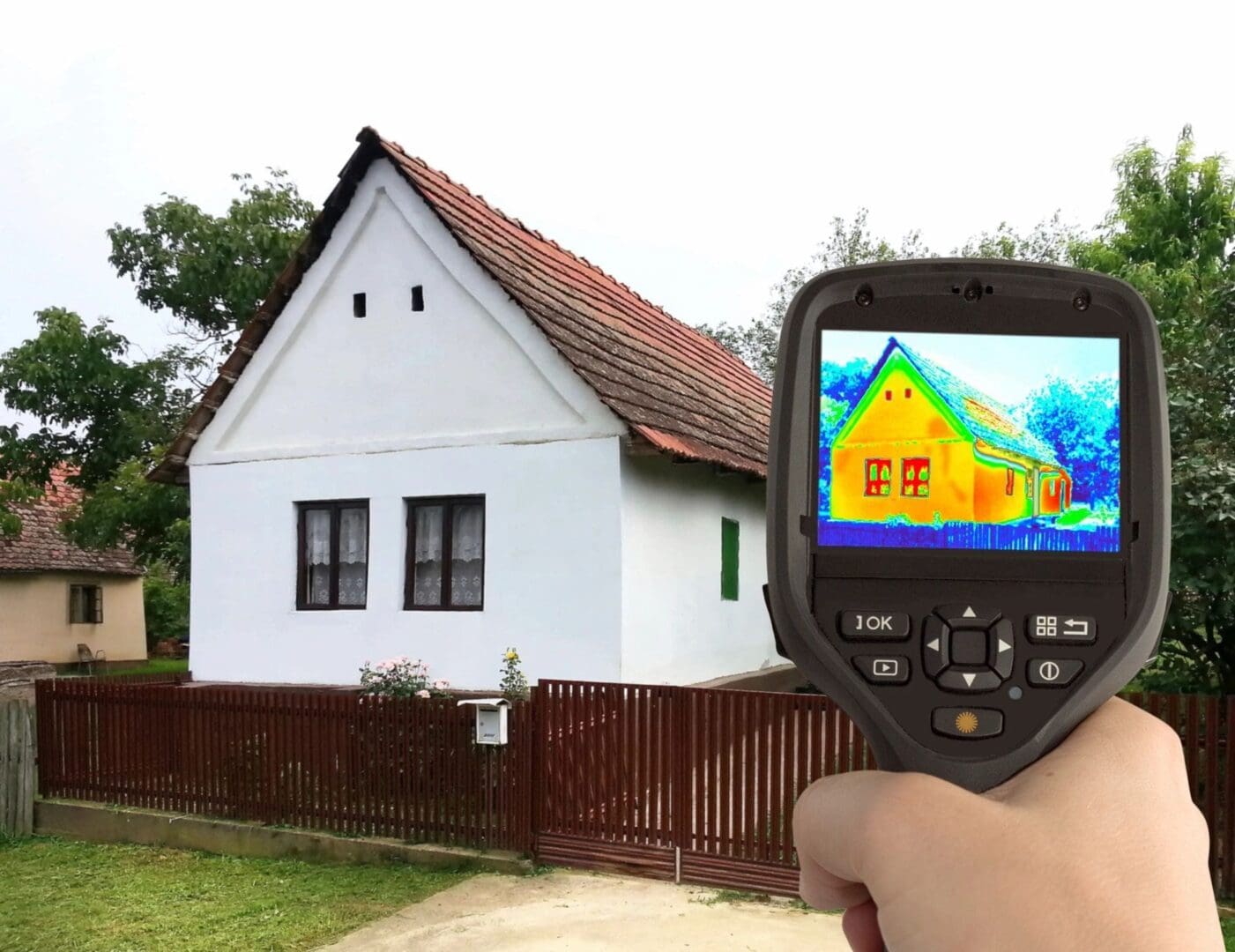
Home Energy Assessment
A home energy assessment, a.k.a. a home energy audit, helps you determine where your home is inefficient and which problem areas and fixes you should prioritize to save energy and improve the comfort and safety of your home. A home energy assessment should be your first step before making energy-saving home improvements, and before adding a renewable energy system to your home. A professional home energy assessment by a certified energy auditor is recommended. Find a certified energy auditor near you here and learn more here.
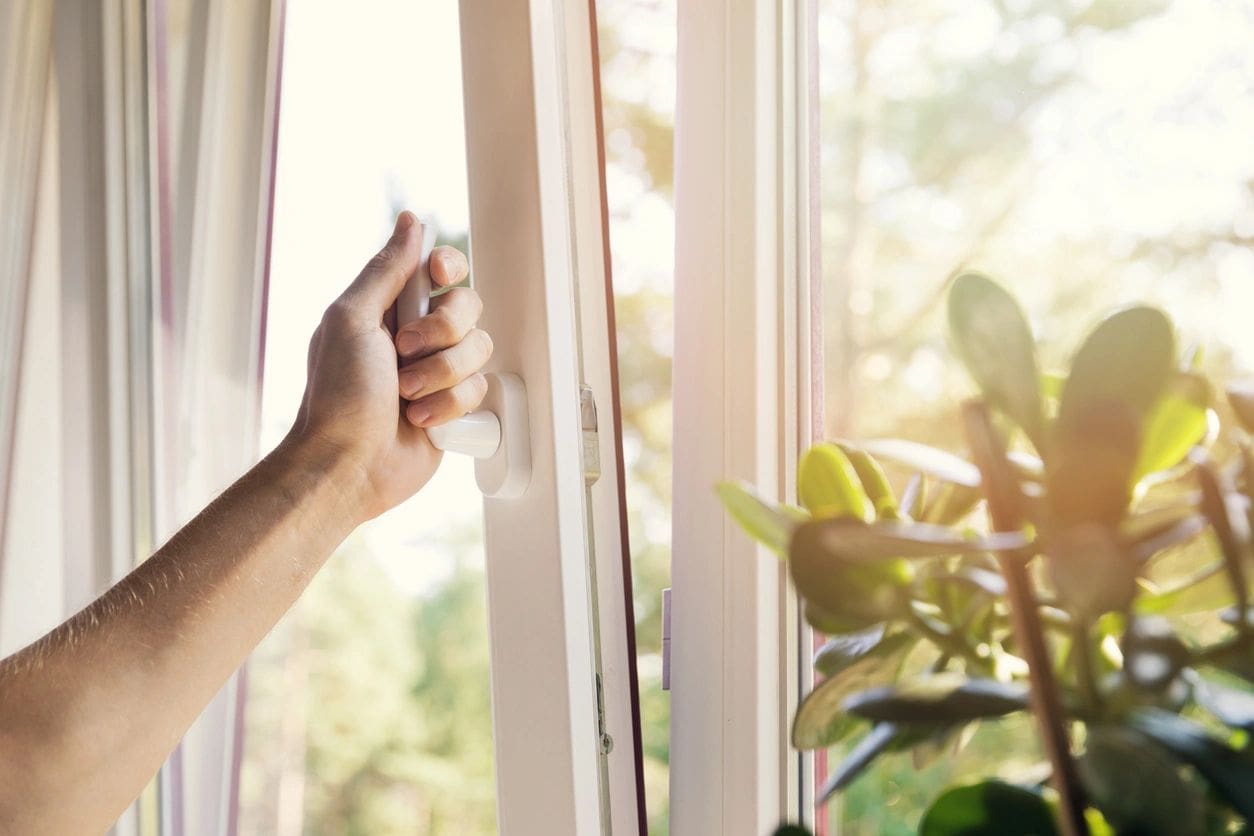
Seal Cracks, Gaps, and Holes in Your Home
- Before you tighten a home by sealing gaps and installing insulation, address any moisture problems. Otherwise, you can end up with indoor air quality problems, rot, and mold.
- The most important air leaks to address occur at the highest and lowest points of your home (e.g., attic, basement, crawlspace).
- Before and after sealing, ask your contractor to perform a blower door test to make sure that sealing has been done properly.
- If you use gas, oil, or propane to heat your home or water, your contractor should also perform tests to verify the equipment is working safely now that airflow conditions in the home may have changed.
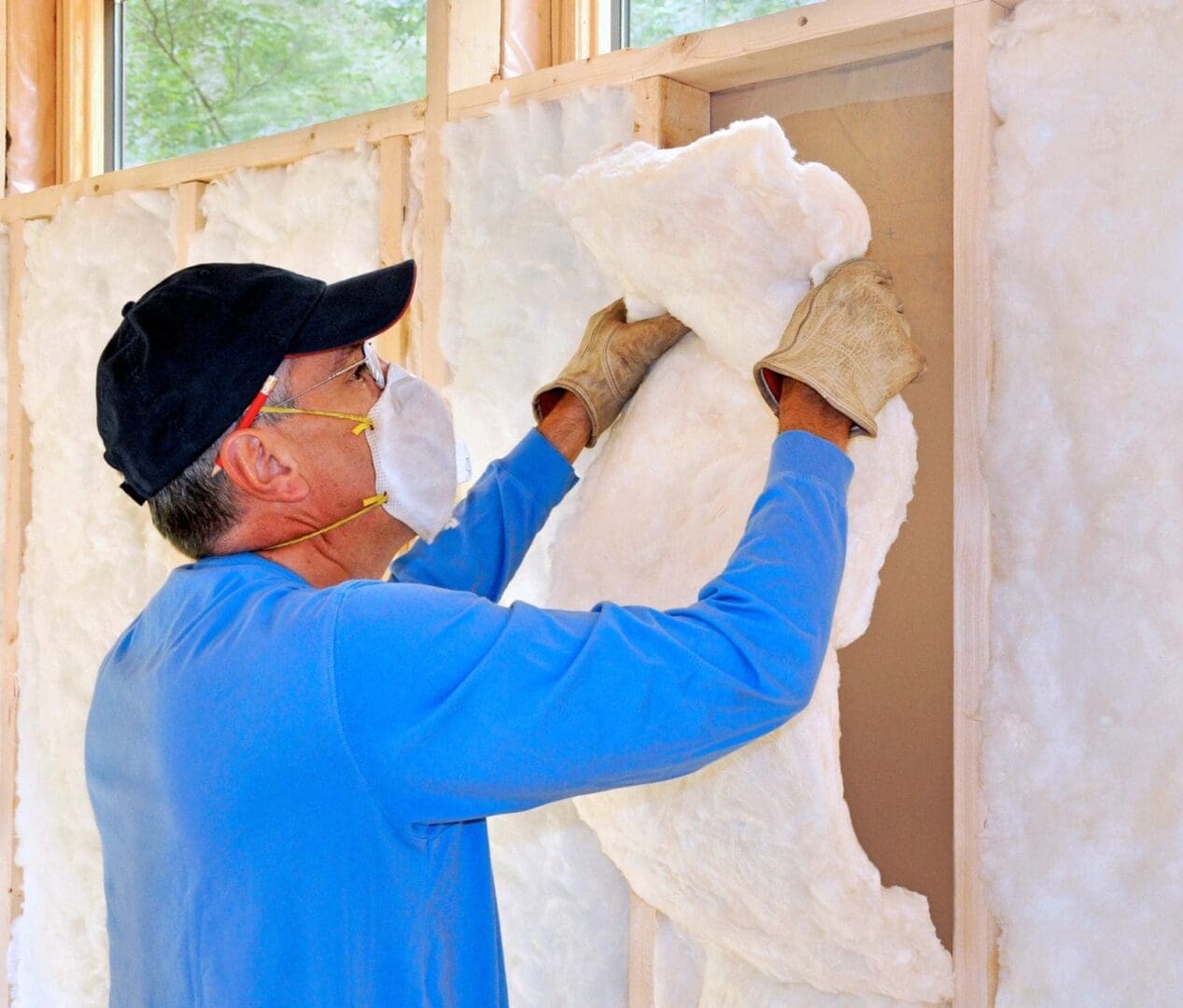
Insulate Your Attic, Basement, and Crawlspace
- If you have an unconditioned basement or crawlspace, your contractor should fully install insulation between the floor joists and against the floor above. This can be very difficult with batt insulation. Insulation will work better if it is not compressed any more than necessary. Improper installation can significantly reduce the effectiveness of the insulation.
- Before installing attic insulation, make sure to seal holes, cracks, and gaps between your top-story ceiling and the attic floor. If these gaps are not sealed properly, insulation will not pay off. Moreover, moisture from the house can migrate into the attic and lead to mold, rot, or ice dams on your roof.
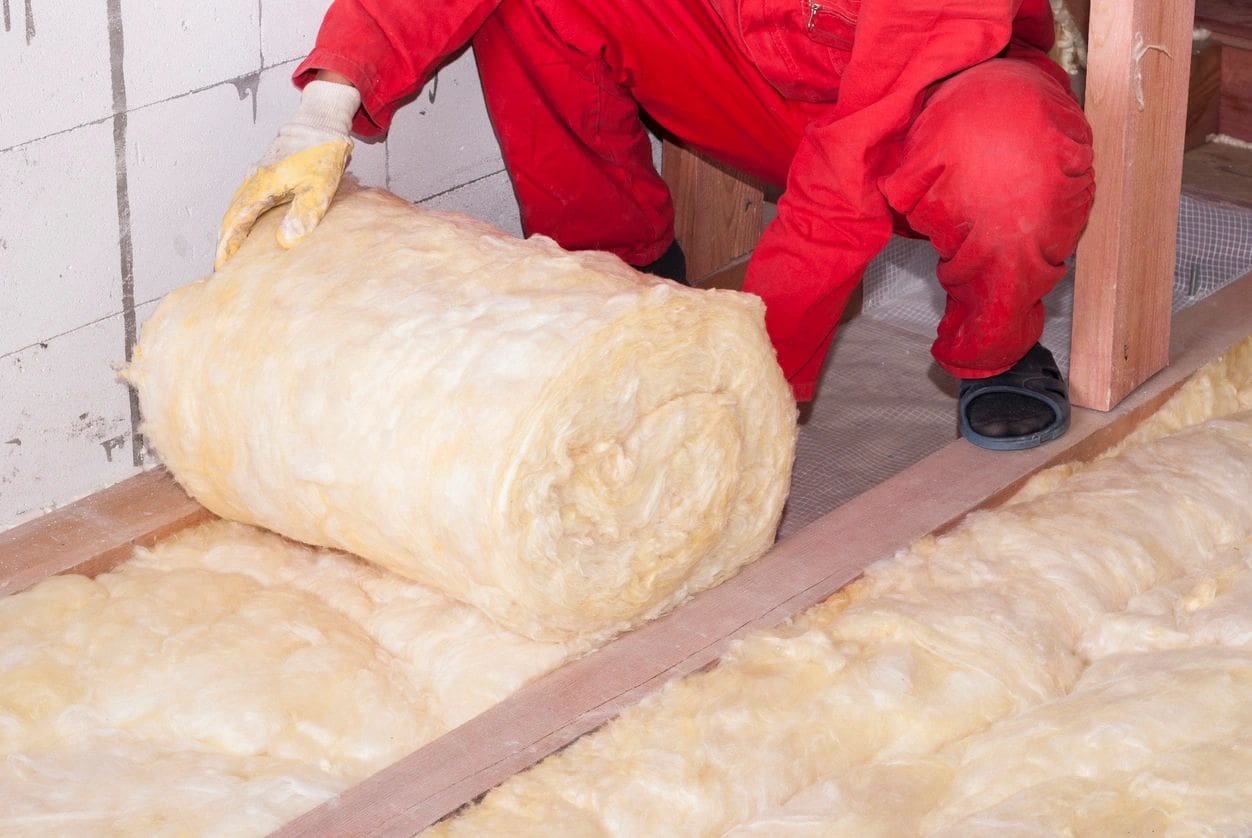
Foundation Insulation
- Where there is a conditioned basement or crawlspace, the foundation wall should be insulated. This can be done using spray foam, foam board, or batt insulation. If there are vents in the crawlspace wall, these must be sealed as part of the insulation work.
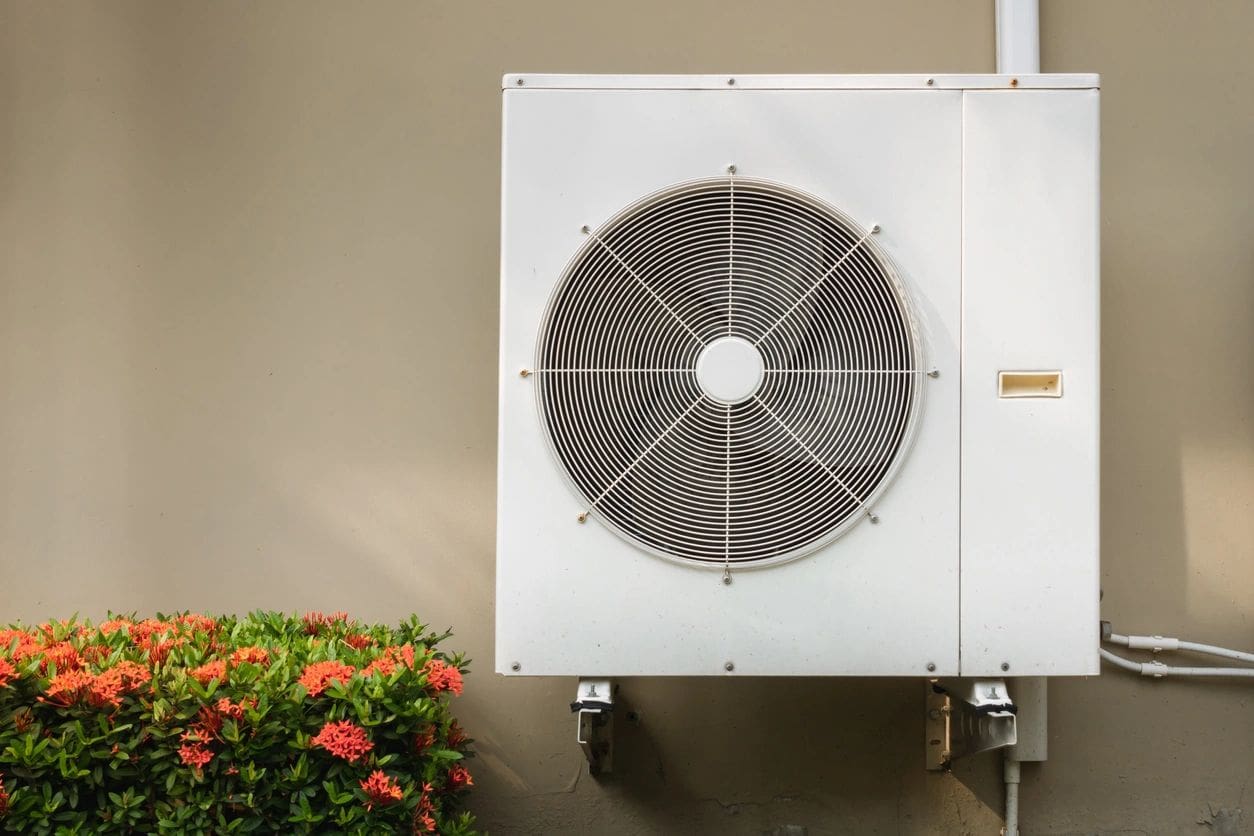
Seal and Insulate Your Ducts
- Most ducts leak conditioned air, and these leaks are often the largest source of energy loss in a home. Ducts that run through attics, crawlspaces, or unconditioned basements should be sealed to maximize energy savings. Use mastic or the appropriate foil tape—not duct tape. After sealing the ducts, the contractor should conduct combustion safety tests for homes with any non-electric heating and cooling systems.
- If ducts are located in unconditioned areas, they need to be insulated. Often, the best option is burying them inside insulation in the attic or crawlspace. Alternatively, you can have insulation wrapped around the ducts.
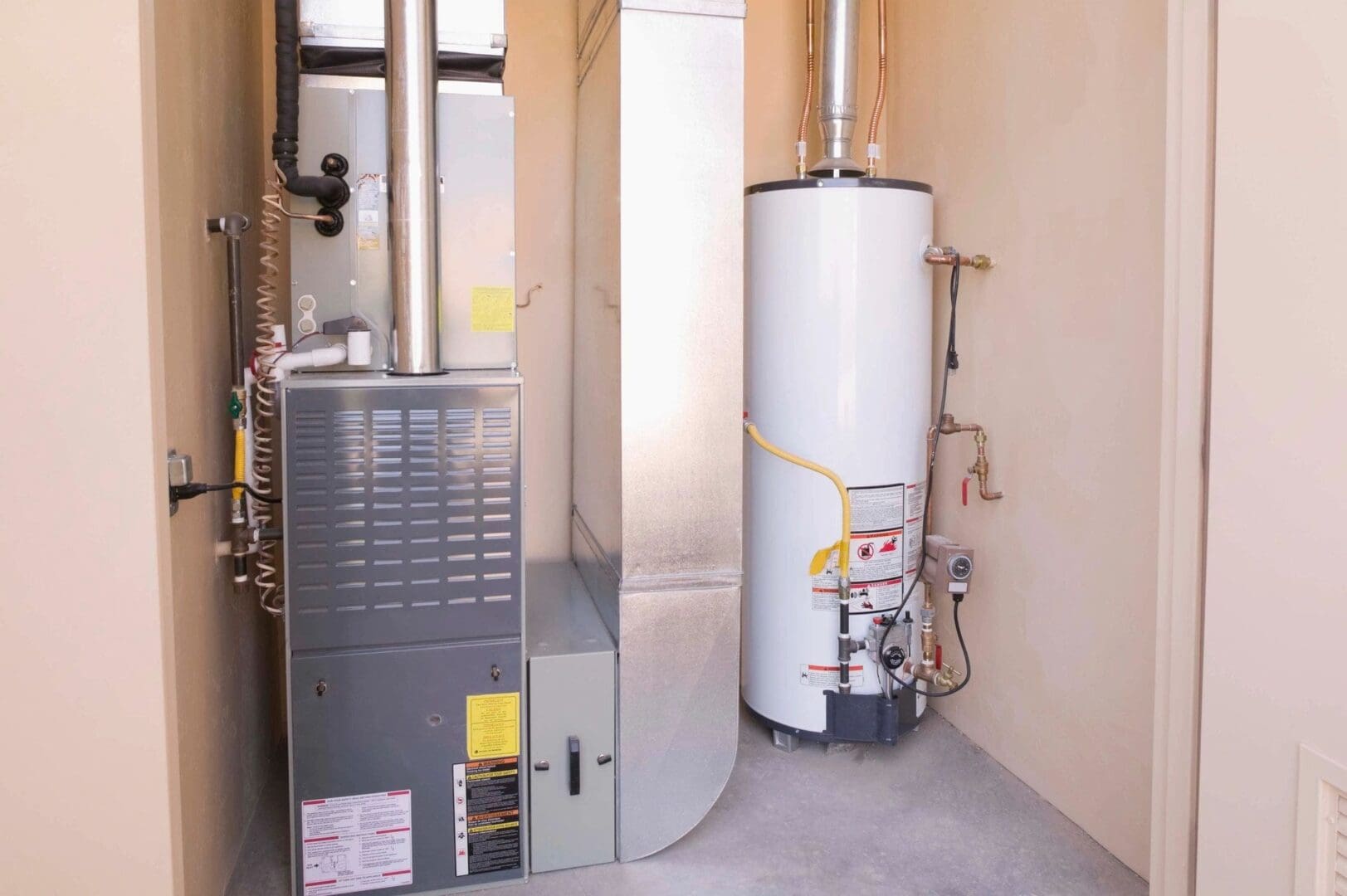
Replace Inefficient Equipment with ENERGY STAR Equipment
- When possible, air sealing and insulation should be performed before replacing the heating or air conditioning equipment. This will reduce the size of the equipment needed and installation costs. Your contractor should calculate your home's heating/cooling requirements in order to select appropriately sized equipment.
- After installing gas, oil, or propane equipment, the contractor should conduct combustion safety tests to ensure that the equipment works safely. The best practice is to select direct-vent equipment.
- Keep in mind that even the most efficient heating or cooling system will not perform efficiently unless it's properly installed and maintained.

Insulate Your Roofs and Walls
- Roof insulation needs to be installed correctly to avoid condensation from forming and causing rot; this typically is not a problem with spray foam-type insulation. In cold climates, contractors need to install an airtight barrier between the house and the insulation. In hot climates, they need to install an airtight barrier between the roof and the insulation.
- When adding wall insulation, have the work verified with an infrared scan of all treated walls.
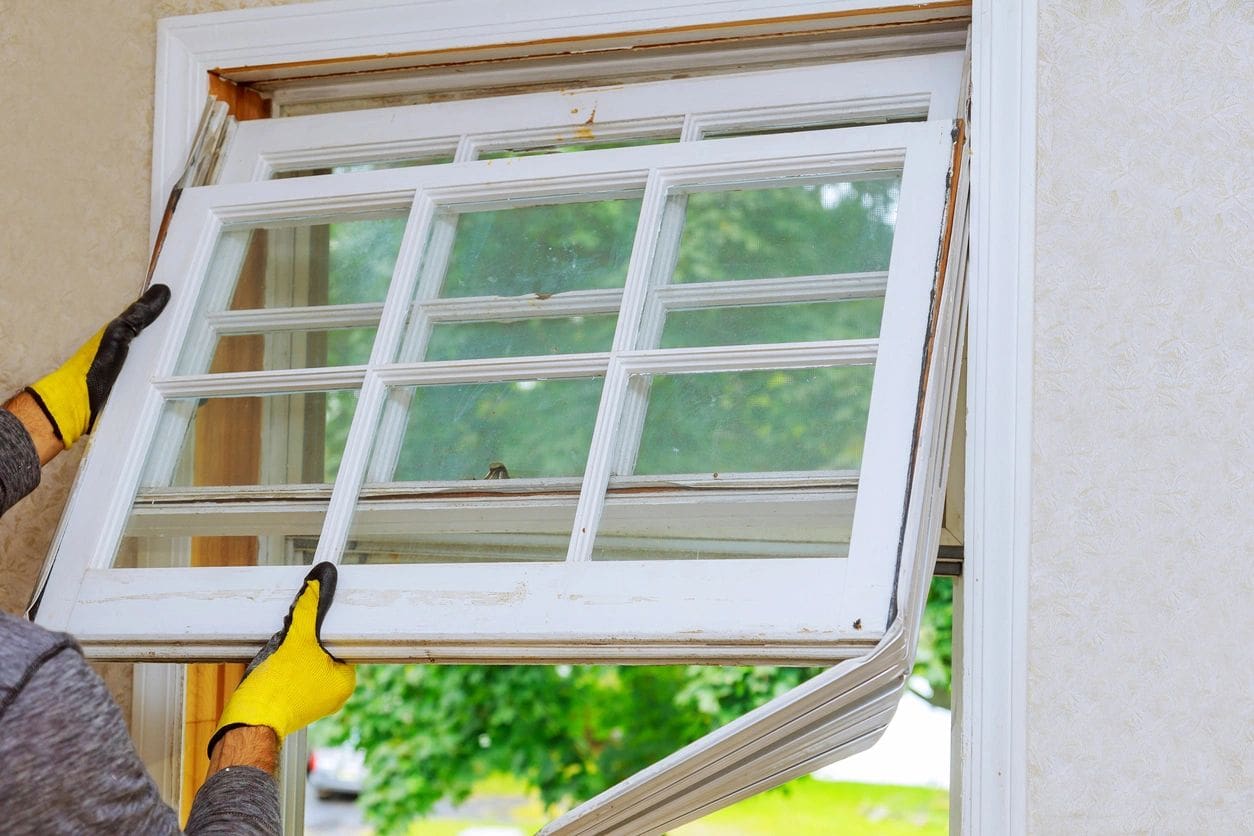
Install ENERGY STAR Windows and Skylights Correctly
- Replacing windows generally is not cost-effective, given their high upfront cost. If you plan to replace windows or skylights for other reasons (e.g., ease of maintenance and operation, appearance, etc.), make sure your contractor properly installs ENERGY STAR windows, including air sealing the opening around the window and providing pan flashing at the sill.
